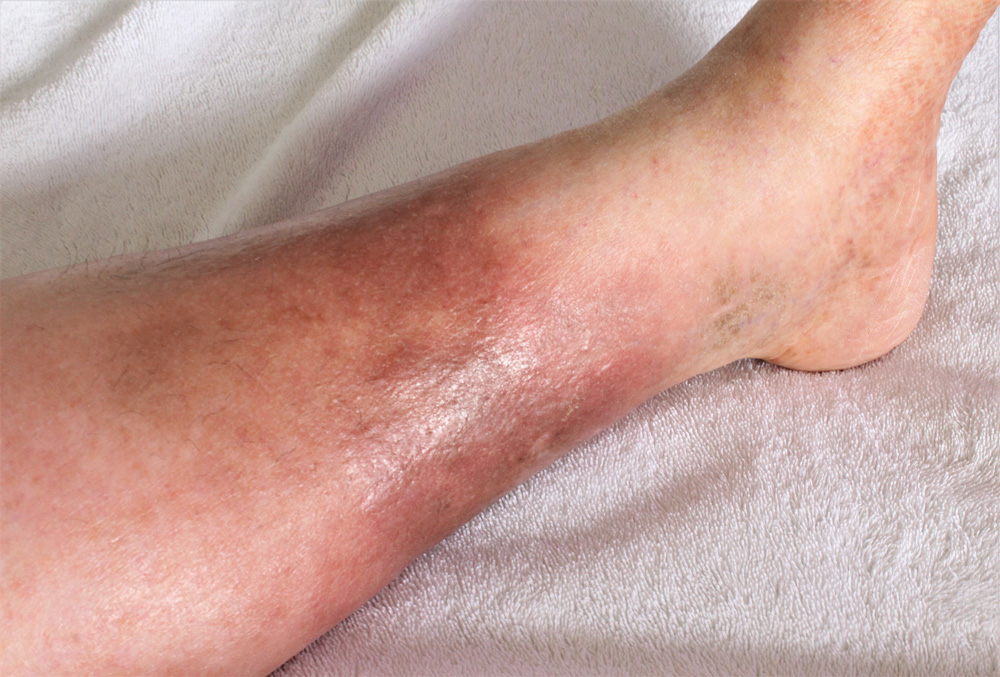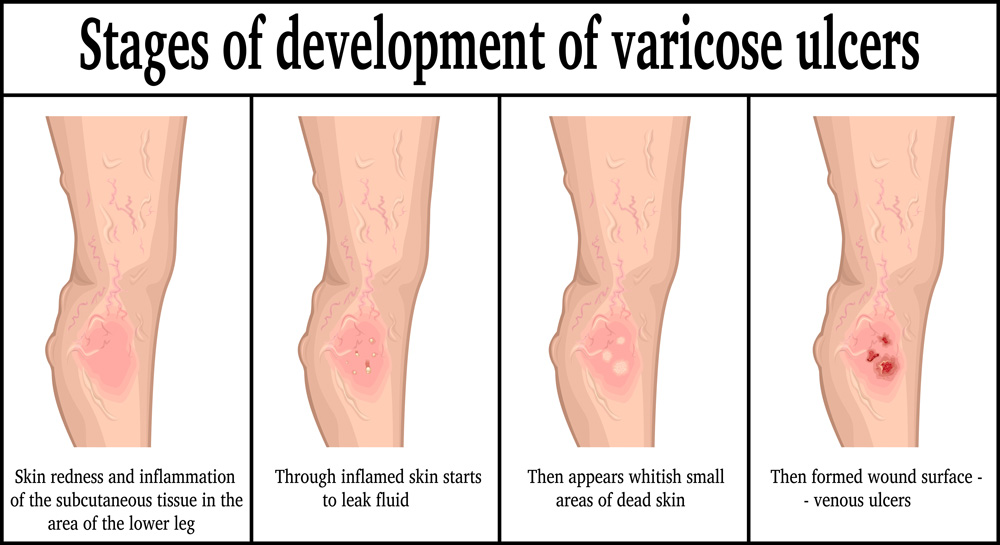Venous ulcers are open sores or wounds that develop on the skin of the legs or feet due to the accumulation of blood in the veins.
Venous ulcers typically appear as shallow, irregularly shaped wounds that are slow to heal and may be surrounded by red or discolored skin. They can be painful, itchy, and may discharge fluid or pus. Risk factors for venous ulcers include obesity, a history of deep vein thrombosis, prolonged standing or sitting, and age.



Mon-Wed: 8:00 am-4:30 pm
Thurs-Fri: 8:00 am-4:00 pm
Downtown
215 N San Saba, Ste. 206
San Antonio, Texas 78207
Medical Center
8115 Datapoint Dr. Ste. 200
San Antonio, Texas 78229
Christus Westover Hills
11212 State Hwy 151, Plaza 2, Ste. 320
San Antonio, Texas 78251
Eagle Pass
3307 Bob Rogers Drive Eagle Pass, TX 78852
POWERED BY STASH MEDIA GROUP, LLC